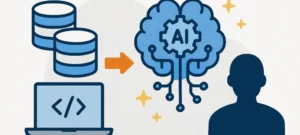
Imagine a digital landscape where search results are cluttered with irrelevant, spammy content, making it nearly impossible to find trustworthy information, a scenario that Google aims to prevent with its latest spam update rolled out in August 2025. As part of an ongoing mission to maintain search integrity, this update has sparked discussions among SEO professionals, website owners, and digital











